Purple Indigobird
Posted: Fri Mar 28, 2014 10:19 am
865. Purple Indigobird Vidua purpurascens (Witpootblouvinkie)
Order: Passeriformes. Family: Viduidae
Description
10-11 cm, 12-15 g. A smallish variety of Indigobirds. The combination of white or pinkish white bill, legs and feet, distinguish both male or female from other Indigobirds. Sexes differ seasonally.
Breeding male uniform black, with purple gloss in appropriate light; wings and tail dark brown. White or pale bill and whitish or pale pink legs and feet. The eyes are dark brown.
Purple Indigobirds either have whitish or pinkish bills and legs, but bill and legs always appear the same colour!
Female and nonbreeding male: Head boldly striped rufous-buff and black; back blackish brown, scaled deep rufous; off-white to buff below, washed greyish on breast. The bill is greyish and the feet and legs light pinkish grey.
Immature: Above scaled brighter rufous than female; below dark tawny; crown plain blackish.
Similar species: Could be confused with Dusky Indigobirds from the North.
The pale feet and legs distinguish this species from most other indigobirds, but in parts of Zimbabwe, Mozambique, Malawi and Zambia, the range overlaps with that of the northern race of the Dusky Indigobird Vidua funerea, which also has pale legs and feet. In these areas the two species cannot be distinguished in the field, other than by their song. The song of the Purple Indigobird includes imitations of the Jameson's Firefinch (its host), especially its fee whistle and purr alarm call.
Purple Indigobirds are known to either have whitish or pinkish bills and legs, whereas Dusky will show a difference between the bill and leg colour. Dusky's legs will always look red or orange and never pale pink.
Distributiom
Although it occupies isolated patches of Tanzania and Zambia, the bulk of its population occurs from Angola to Zambia, Malawi and southern Africa. Here it is uncommon to locally common in Zimbabwe, Mozambique and north-eastern South Africa, while more scarce in Botswana and Namibia.
Habitat
It generally prefers dry woodland, riverine forest, rank grass and edges of thickets and cultivated fields. Occurs in the same habitat as its host.
Diet
It mainly eats grass seeds, doing most of its foraging on bare ground, scratching the soil with its feet to uncover seeds.
Breeding
Polygynous brood parasite, with each male defending a territory centered on a prominent perch, which is used for calling and displaying. Intruders, which can be the same species or a different indigobird, are aggressively chased out of the territory by the male. Its sole host is the Jameson's Firefinch, it has not been recorded to parasitise or mimic any other species. Egg-laying season is from January-May. It lays one egg per day in sets of 3-4, taking a few days break in between sets. It is thought that the chick is reared alongside Jameson's firefinch young, as fledglings of the two species have been recorded together in family groups.
Call
Mimics chirping calls in the presence of female Shaft-tailed Whydahs. The song of the Purple Indigobird includes imitations of the Jameson's Firefinch (its host), especially its fee whistle and purr alarm call. Listen to Bird Call.
Status
Fairly common resident; ever present in tree tops though distantiated in flocks of other species!
Order: Passeriformes. Family: Viduidae
Description
10-11 cm, 12-15 g. A smallish variety of Indigobirds. The combination of white or pinkish white bill, legs and feet, distinguish both male or female from other Indigobirds. Sexes differ seasonally.
Breeding male uniform black, with purple gloss in appropriate light; wings and tail dark brown. White or pale bill and whitish or pale pink legs and feet. The eyes are dark brown.
Purple Indigobirds either have whitish or pinkish bills and legs, but bill and legs always appear the same colour!
Female and nonbreeding male: Head boldly striped rufous-buff and black; back blackish brown, scaled deep rufous; off-white to buff below, washed greyish on breast. The bill is greyish and the feet and legs light pinkish grey.
Immature: Above scaled brighter rufous than female; below dark tawny; crown plain blackish.
Similar species: Could be confused with Dusky Indigobirds from the North.
The pale feet and legs distinguish this species from most other indigobirds, but in parts of Zimbabwe, Mozambique, Malawi and Zambia, the range overlaps with that of the northern race of the Dusky Indigobird Vidua funerea, which also has pale legs and feet. In these areas the two species cannot be distinguished in the field, other than by their song. The song of the Purple Indigobird includes imitations of the Jameson's Firefinch (its host), especially its fee whistle and purr alarm call.
Purple Indigobirds are known to either have whitish or pinkish bills and legs, whereas Dusky will show a difference between the bill and leg colour. Dusky's legs will always look red or orange and never pale pink.
Distributiom
Although it occupies isolated patches of Tanzania and Zambia, the bulk of its population occurs from Angola to Zambia, Malawi and southern Africa. Here it is uncommon to locally common in Zimbabwe, Mozambique and north-eastern South Africa, while more scarce in Botswana and Namibia.
Habitat
It generally prefers dry woodland, riverine forest, rank grass and edges of thickets and cultivated fields. Occurs in the same habitat as its host.
Diet
It mainly eats grass seeds, doing most of its foraging on bare ground, scratching the soil with its feet to uncover seeds.
Breeding
Polygynous brood parasite, with each male defending a territory centered on a prominent perch, which is used for calling and displaying. Intruders, which can be the same species or a different indigobird, are aggressively chased out of the territory by the male. Its sole host is the Jameson's Firefinch, it has not been recorded to parasitise or mimic any other species. Egg-laying season is from January-May. It lays one egg per day in sets of 3-4, taking a few days break in between sets. It is thought that the chick is reared alongside Jameson's firefinch young, as fledglings of the two species have been recorded together in family groups.
Call
Mimics chirping calls in the presence of female Shaft-tailed Whydahs. The song of the Purple Indigobird includes imitations of the Jameson's Firefinch (its host), especially its fee whistle and purr alarm call. Listen to Bird Call.
Status
Fairly common resident; ever present in tree tops though distantiated in flocks of other species!

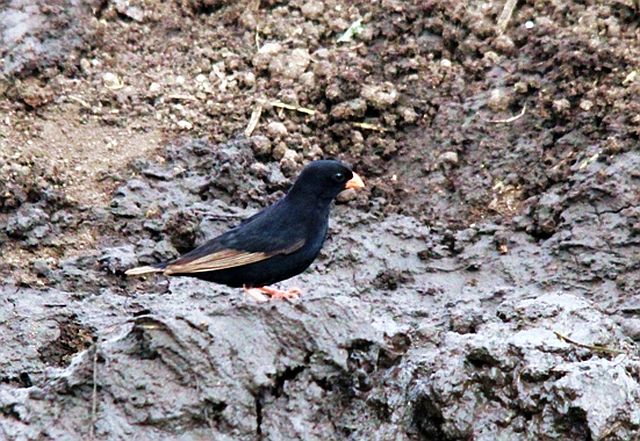 © pooky
© pooky © nan
© nan © Duke
© Duke

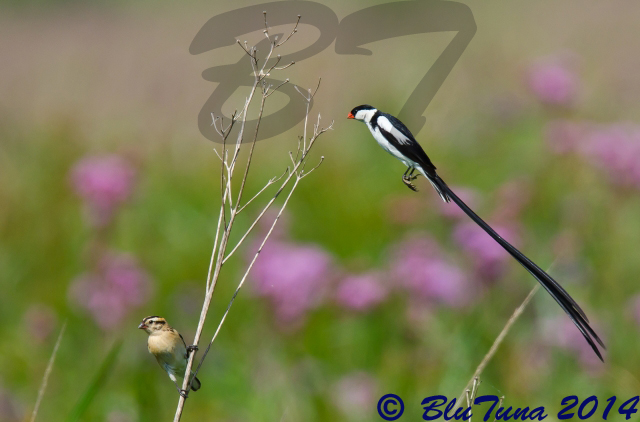 © BluTuna
© BluTuna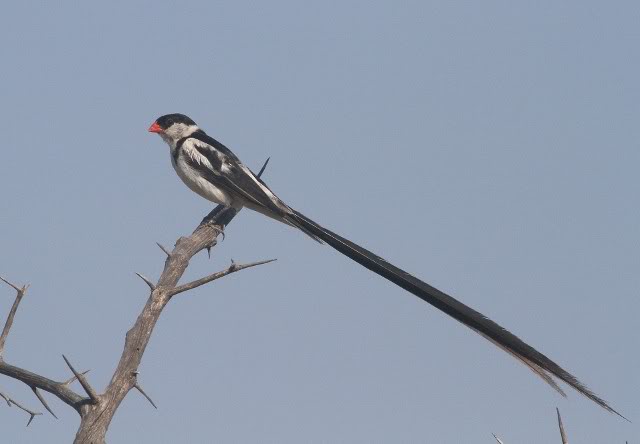 © nan
© nan © Joan
© Joan © Joan
© Joan © Joan
© Joan © Dewi
© Dewi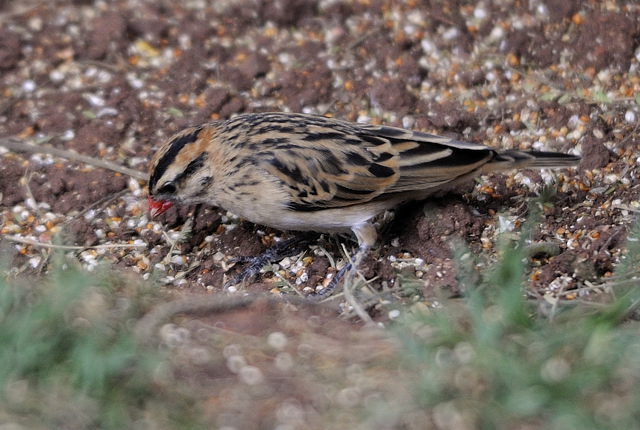 © Dewi
© Dewi © Lis
© Lis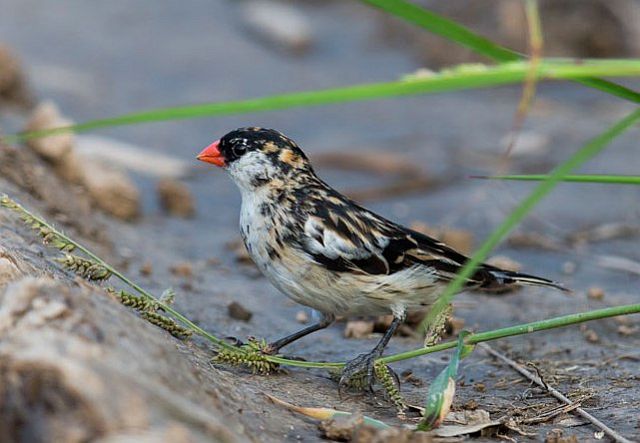 © Pumbaa
© Pumbaa © Mel
© Mel © nan
© nan © Dewi
© Dewi © Dewi
© Dewi © Sharifa & Duke
© Sharifa & Duke © Pumbaa
© Pumbaa 
 © Pumbaa
© Pumbaa © lowveldboy
© lowveldboy © Pumbaa
© Pumbaa © Dewi
© Dewi © Duke
© Duke © Amoli
© Amoli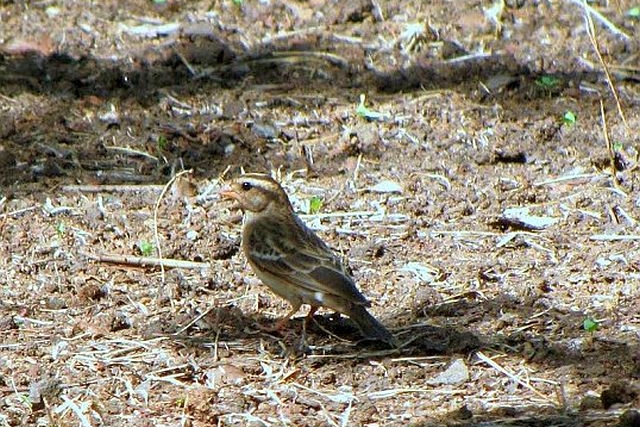 © Lisbeth
© Lisbeth